Description
Wheat straw for sale: Learn about its uses as animal bedding, biofuel, compost, and building material. Discover the benefits of this agricultural byproduct.
Wheat straw for sale
The Unsung Hero of the Harvest: Understanding Wheat Straw
Wheat straw, the golden stalks left behind after the wheat harvest, is often viewed as a simple agricultural byproduct. However, beneath its unassuming appearance lies a versatile and increasingly valued resource with applications ranging from agriculture and animal bedding to construction and sustainable packaging. This article delves into the diverse world of wheat straw, exploring its properties, uses, and potential for a more sustainable future.
What is Wheat Straw?
Wheat straw is essentially the dried stems and leaves of the wheat plant remaining after the grain has been harvested. Unlike wheat bran, which comes from the grain itself, straw is primarily composed of cellulose, hemicellulose, and lignin, giving it a tough, fibrous texture. Its color can range from light golden to a darker brown, depending on the variety of wheat and environmental conditions.
A Cornucopia of Uses:
The traditional uses of wheat straw are well-established and continue to be vital:
- Animal Bedding: Wheat straw provides a comfortable and absorbent bedding material for livestock, helping to keep animals clean, dry, and healthy. Its insulating properties also help protect animals from extreme temperatures.
- Soil Amendment & Mulch: Incorporating wheat straw into the soil improves its structure, aeration, and water retention. As a mulch, it suppresses weeds, regulates soil temperature, and prevents soil erosion.
- Composting: Wheat straw is a valuable ingredient in compost piles, providing carbon-rich material that balances nitrogen-rich ingredients and promotes decomposition.
Beyond these traditional applications, innovative uses for wheat straw are emerging, driven by a growing emphasis on sustainability and resource efficiency:
- Construction Materials: Wheat straw bales can be used as a sustainable building material for walls, offering excellent insulation and structural integrity. Straw bale construction is gaining popularity as an eco-friendly alternative to conventional building methods.
- Paper and Packaging: Wheat straw can be pulped and processed into paper and cardboard, offering a more sustainable alternative to wood pulp. This reduces deforestation and promotes the use of agricultural waste.
- Biofuel Production: While still under development, wheat straw shows promising potential as a feedstock for biofuel production. Its high cellulose content makes it suitable for conversion into ethanol and other biofuels.
- Mushroom Cultivation: Certain types of mushrooms thrive on wheat straw, making it a valuable substrate for mushroom farming.
- Erosion Control: Wheat straw mats and blankets are effective in preventing soil erosion on construction sites and slopes, helping to protect waterways and landscapes.
Benefits of Using Wheat Straw:
Choosing wheat straw over alternatives offers several key advantages:
- Sustainability: Utilizing wheat straw reduces reliance on non-renewable resources and decreases agricultural waste.
- Cost-Effectiveness: Wheat straw is often a readily available and affordable material, especially in wheat-producing regions.
- Biodegradability: As a natural material, wheat straw is biodegradable and compostable, minimizing its environmental impact.
- Accessibility: Wheat straw is easily accessible in many regions, making it a practical choice for various applications.
Challenges and Considerations:
While wheat straw offers numerous benefits, some challenges and considerations need to be addressed:
- Quality Variability: The quality of wheat straw can vary depending on factors such as wheat variety, harvesting methods, and storage conditions.
- Transportation Costs: Transporting bulky straw bales can be expensive, especially over long distances.
- Processing Requirements: Some applications, such as paper and biofuel production, require specialized processing equipment and infrastructure.
The Future of Wheat Straw:
As the world grapples with environmental challenges and seeks sustainable alternatives, the future of wheat straw looks bright. Continued research and development are unlocking new applications for this versatile resource, from advanced biofuels to innovative construction materials. By recognizing the value of wheat straw and investing in its efficient utilization, we can create a more sustainable and circular economy, transforming an agricultural byproduct into a valuable asset for a better future.
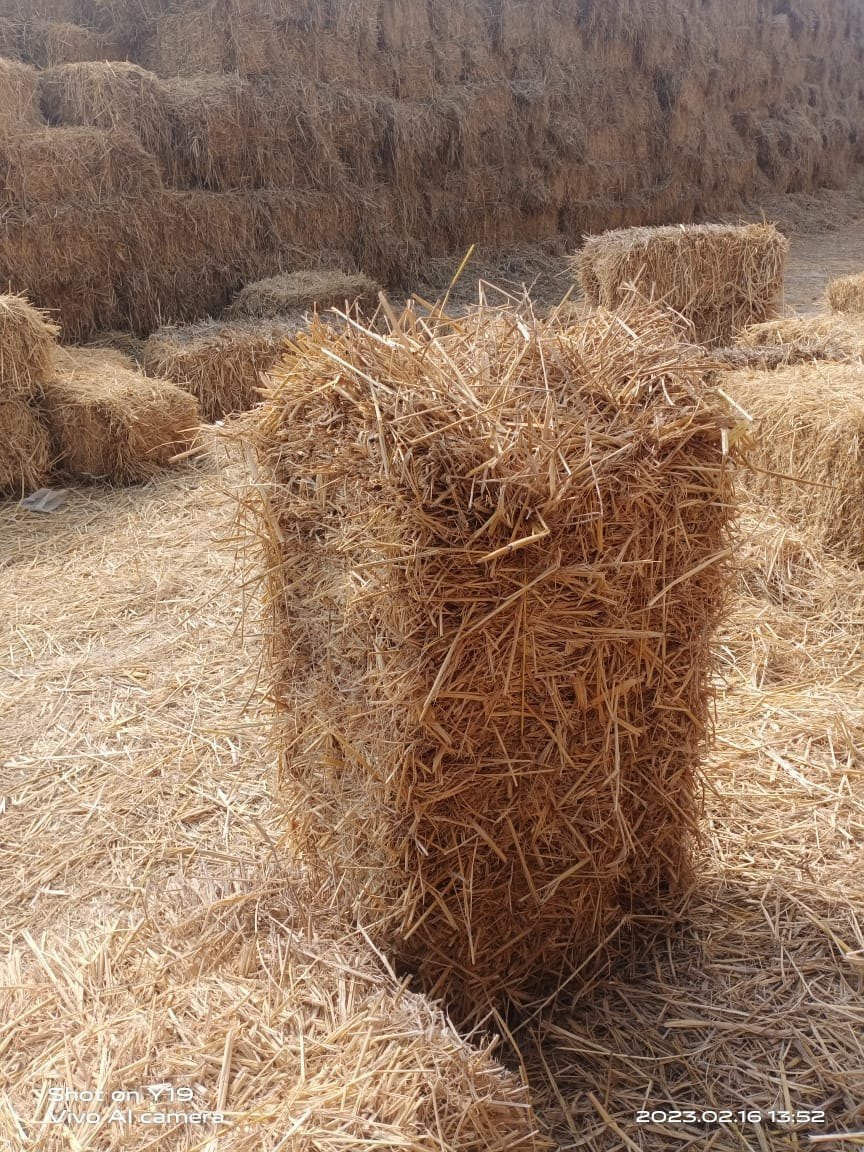
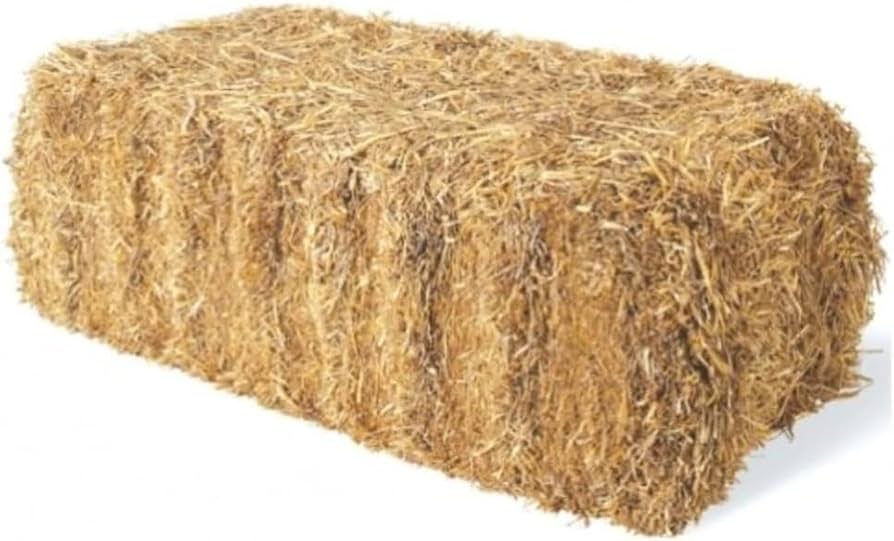
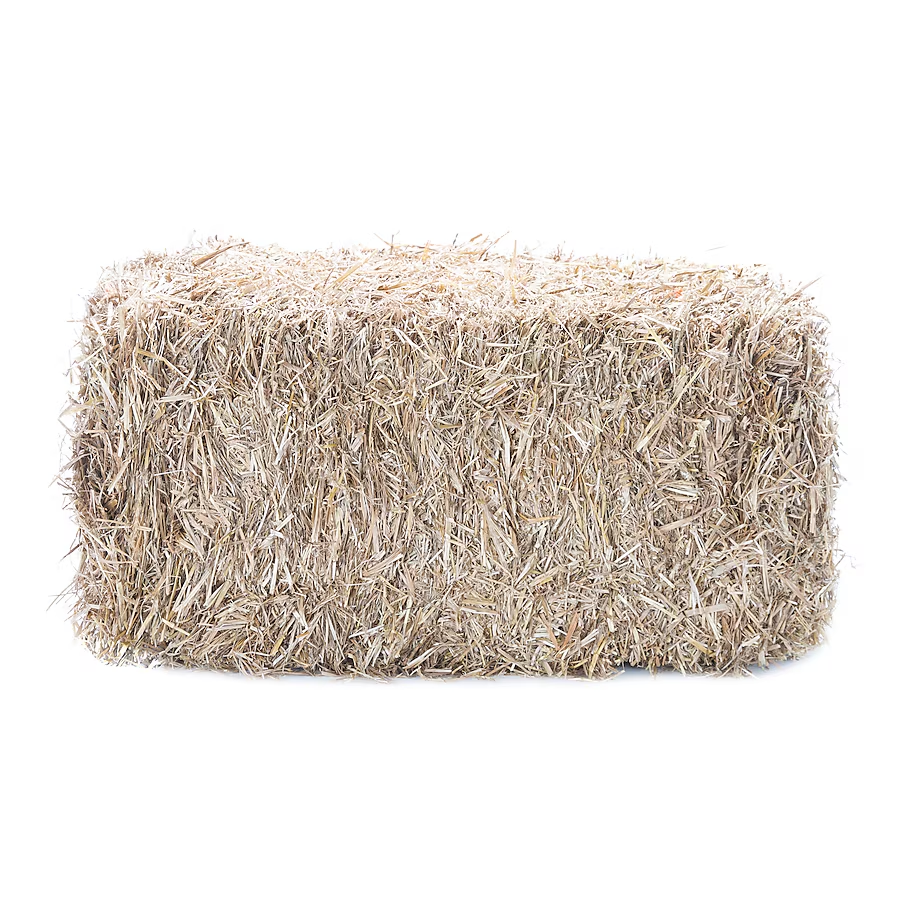


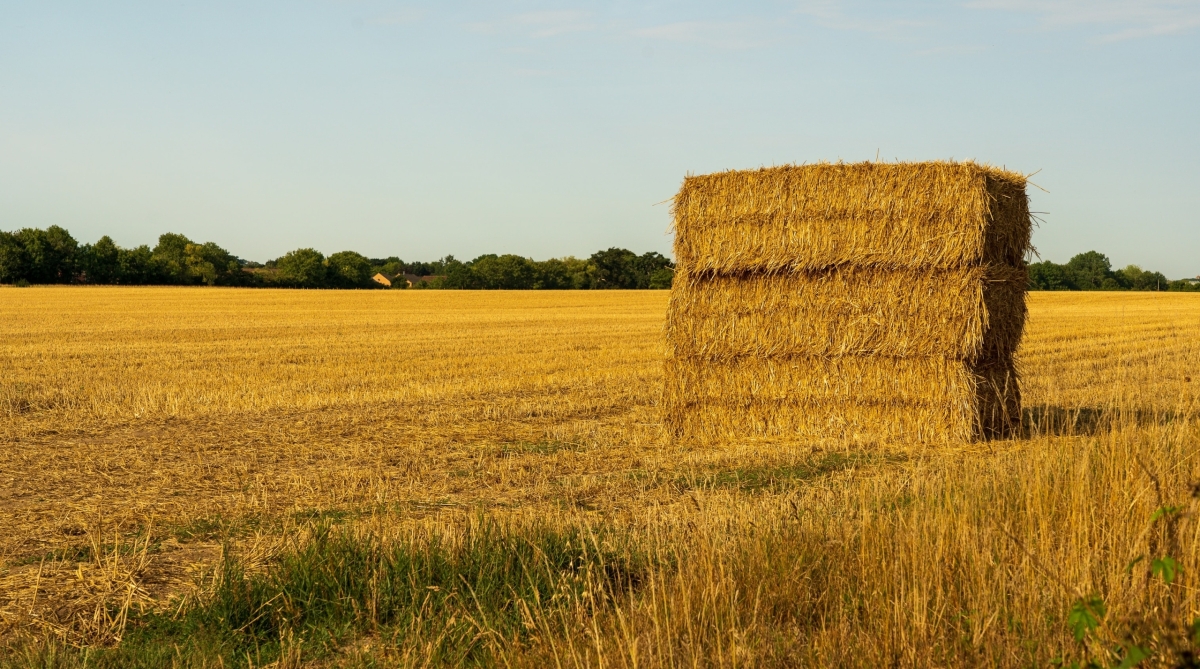
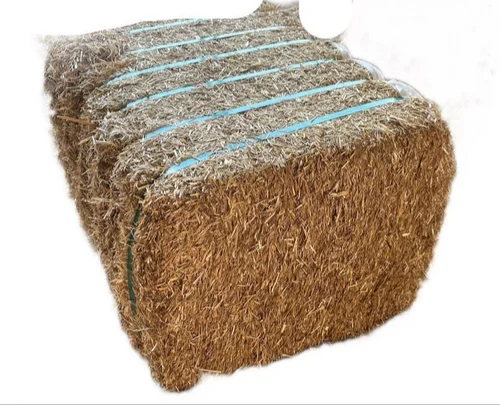

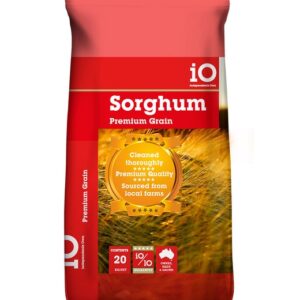
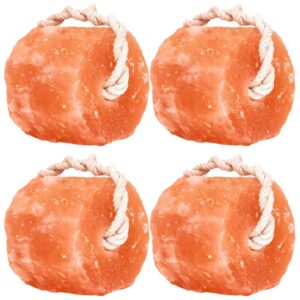
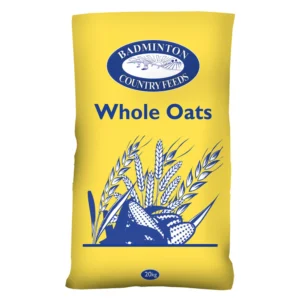


Reviews
There are no reviews yet.